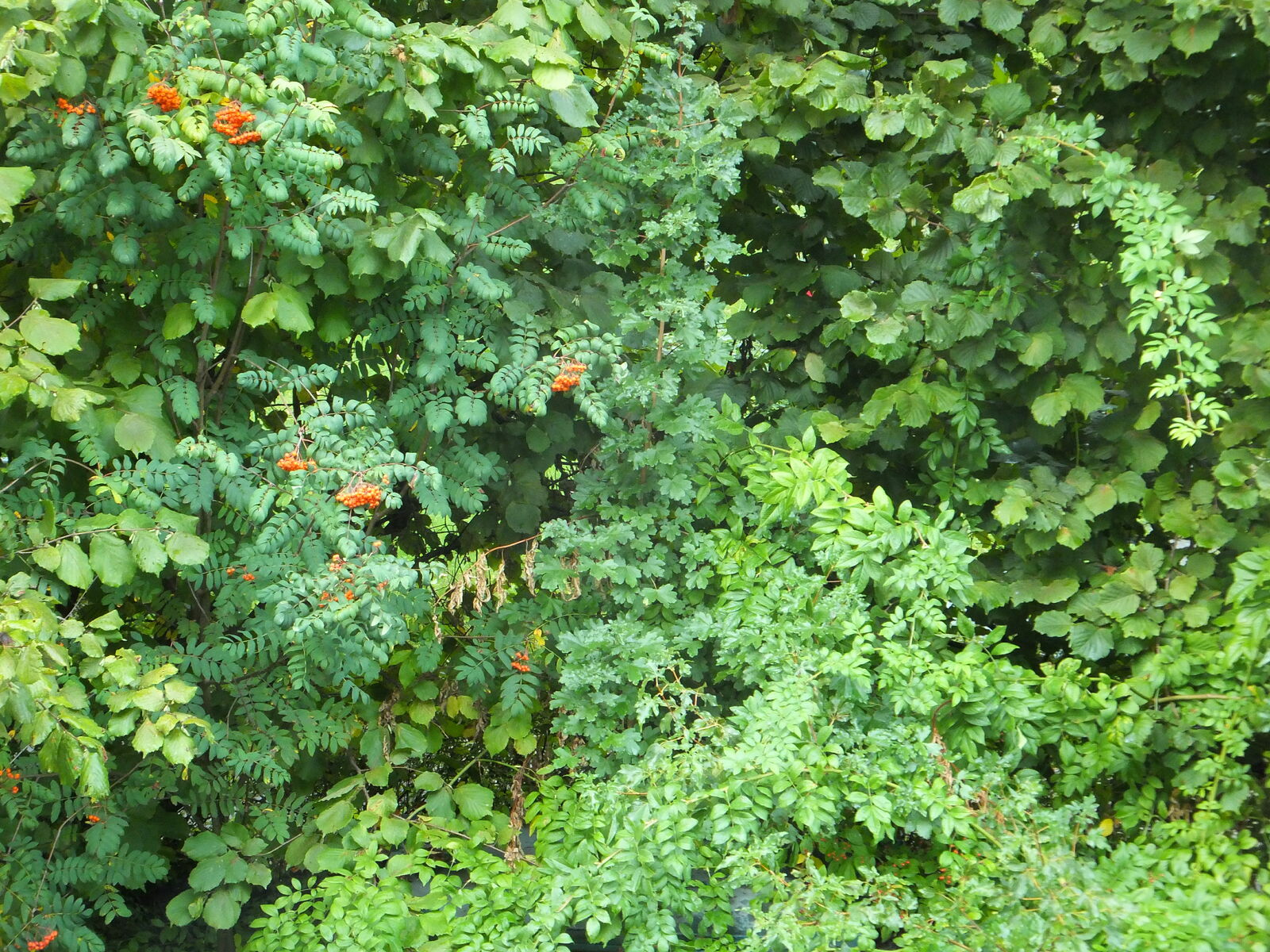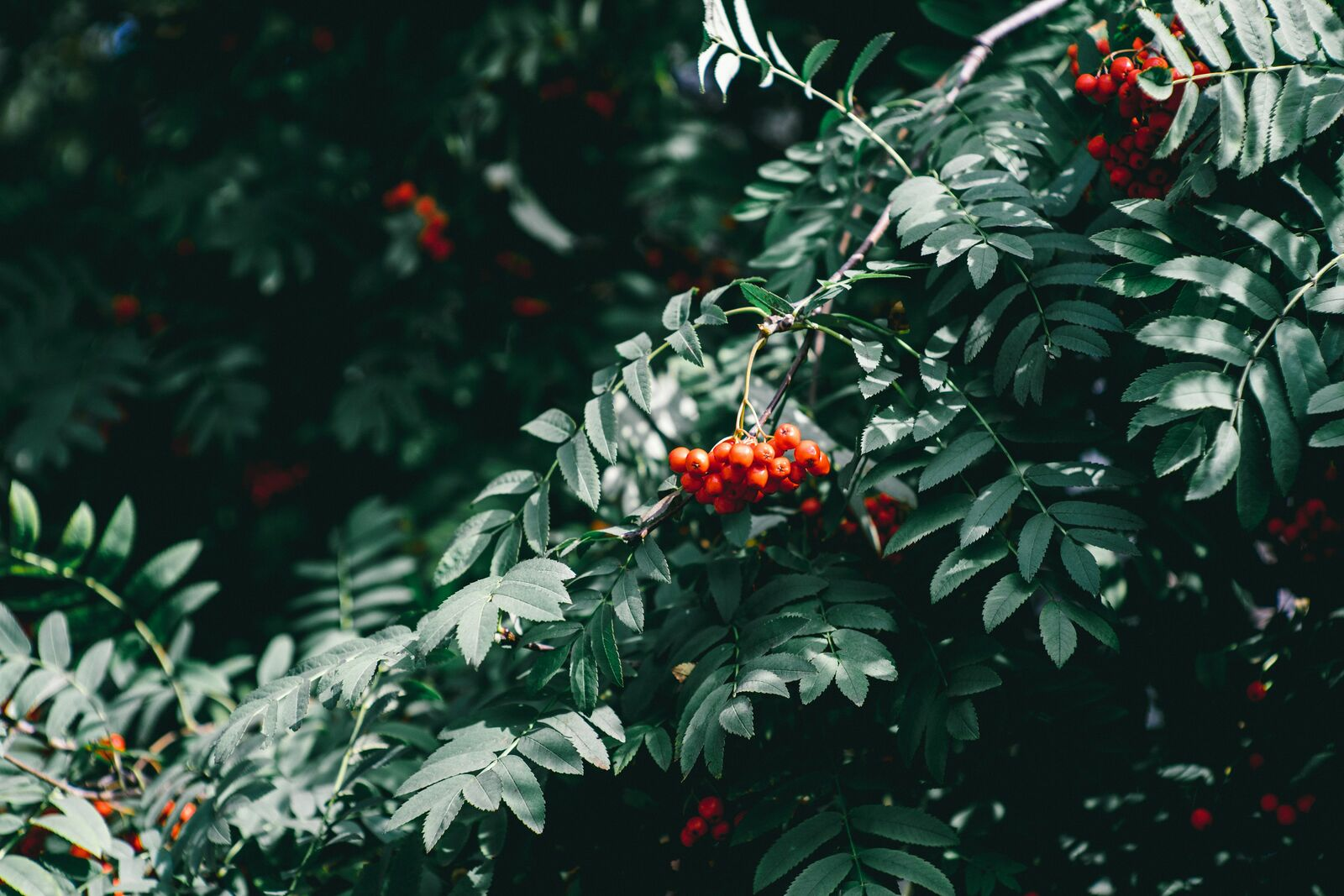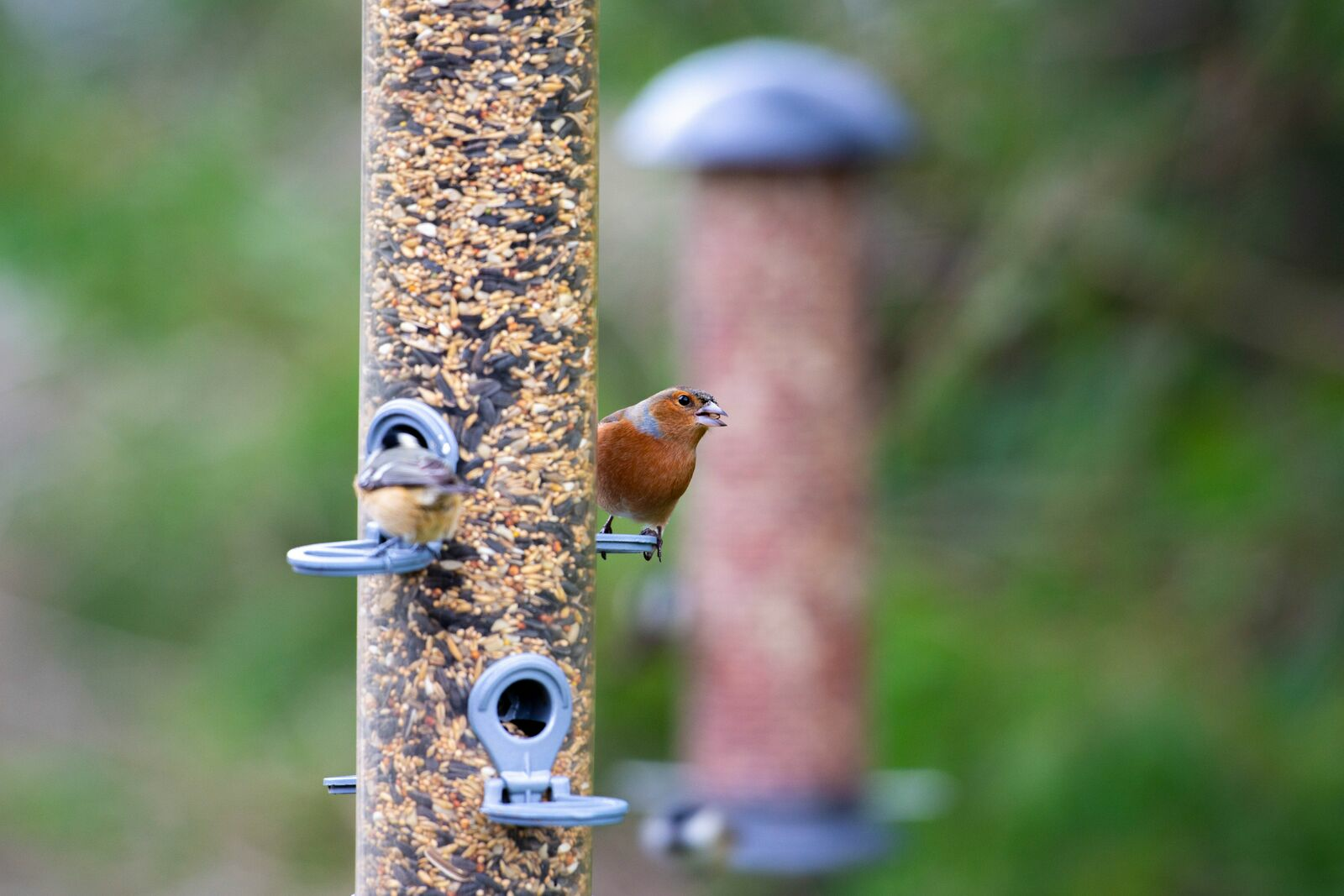Bird friendly gardens
Attract birds: How it works
Food resources and nesting sites the two most important factors that promote the settlement of birds. Here you will learn which shrubs are important for birds, what they eat and how you can make your own bird food. We also tell you what you need to consider when building a birdhouse.
Hedges as habitat and shelter

Planting native plants, avoiding pesticides, and gardens rich in structure are the basis for bird-friendly gardens. The most suitable plants for garden birds are those that provide shelter and nesting opportunities as well as bird food. This can be either directly the fruits and seeds of the plant or insects that are attracted by the flowers. These include: - Common snowball - Common privet - Hedge roses - Spindle hornbeam - Alder - Rowan berry - Sloe - Elderberry - Blackberry - Black elder - Cornelian cherry - Hawthorn
How to feed birds

The food sources of native wild birds include plant seeds, insects and other invertebrates such as earthworms or snails. As far as food intake is concerned, a distinction is made between grain eaters and soft food eaters. In spring, during the breeding season, high-protein food (insects, larvae, caterpillars) is especially important for the offspring. In winter, on the other hand, it is mainly food with a high fat content (nuts and seeds, coconut fat or suet) that provides the birds with enough energy to maintain their body temperature. Anyone who provides bird food in the garden for native bird species creates an expanded food supply through supplementary feeding. However, this in no way replaces natural food sources. Feeders are a great way to observe birds and learn about typical garden birds. A wide natural food supply is always the most species-appropriate and the best solution.
Make your own bird food

Which species benefit most from bird feeding and how it affects them has not yet been answered. Therefore, as a garden owner:in doubt, it is important not to offer high-fat and large seeds from April to July. Instead, you should increase the protein offer. In winter, on the other hand, you should offer fat food. When it comes to bird food, it is better to mix it yourself, because it is not only cheaper, but usually also more nutritious for birds. The following are suitable for mixing for homemade bird food: - sunflower seeds - peanuts - safflower seeds - hemp seeds - millet seeds - cereals (wheat, oat flakes and dried corn) - fruit (dried or fresh, e.g. apples, berries, etc.).Fruit (dried or fresh e.g. apples), berries Under no circumstances should birds be fed cheese, food scraps and other things containing salt, uncooked rice, coconut flakes or dried bread. Of course, spoiled food is also a no-no. Open feeders should be cleaned regularly and droppings and leftover food should be removed. More hygienic are food columns and silos, which also better protect against rat infestation.
Build a bird house yourself

The term "bird house" immediately conjures up an image in everyone's mind. However, it is important to clearly differentiate here between a bird feeder or nesting box. Therefore, you should first decide what purpose your birdhouse should have. There a variety of building instructions for birdhouses and nesting boxes, which are designed only for a particular species. Birdhouses are not a panacea for bird protection, but a good step to create breeding and feeding places for birds. Here is what to consider: - spruce, pine and fir wood are best suited - the board thickness should be 20-24 mm - the outside is impregnated with a gentle wood preservative or linseed oil - nesting boxes you hang up in the fall at a height of 3-4 m cat-proof

